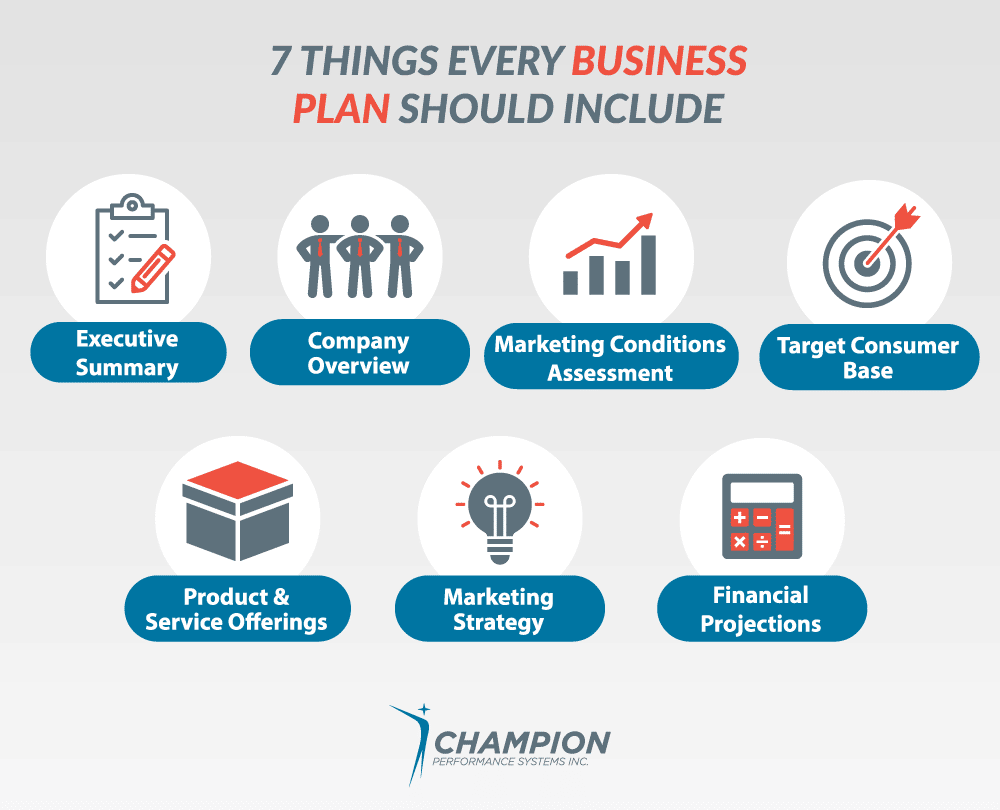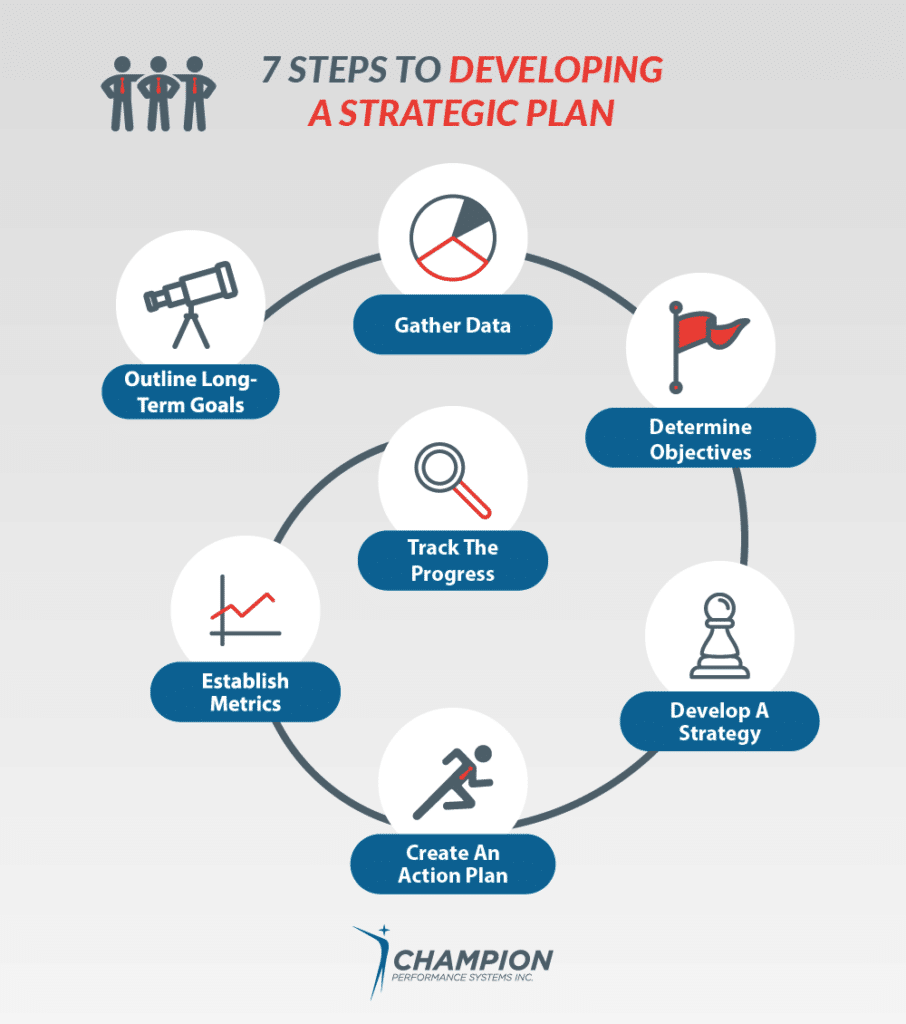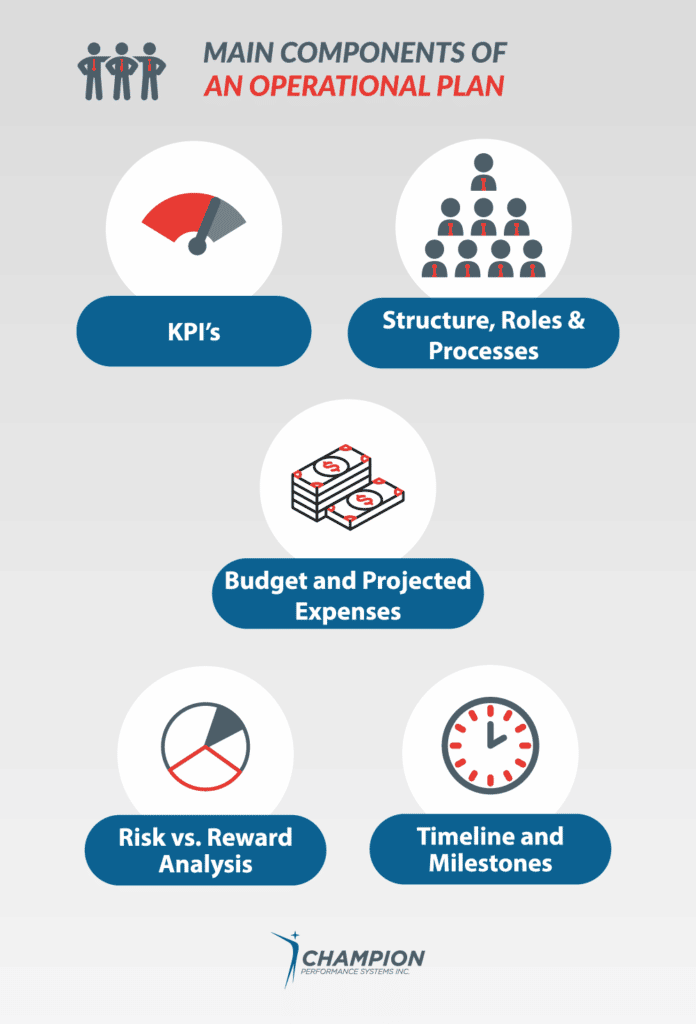Are you a business owner or entrepreneur with a great business plan? Congratulations on taking that first important step to becoming your own boss! Now comes the hard part – figuring out how to effectively and efficiently run a successful enterprise.
If you are just starting out, you probably have a lot of questions about how to develop and operate your business. There are three different strategic documents you will need to have in place for proper decision making and resource allocation—a business plan, a strategic plan, and an operational plan. But what is the difference between these seemingly similar plans and how can you use your business plan to develop the strategy and operational processes?
In this blog post we’ll break down what each plan includes, why each one is essential to achieving your business goals, and how to make the three work together for success.
What is a Business Plan?
A business plan is a document created by a company that explains all of the ins and outs of the business. This includes details like the industry, value proposition, business model, target audience, products and services, financial proposition and the short and long term goals.
A business plan is especially essential for any new business venture. It helps entrepreneurs navigate and lay out their vision for the company in a clear and concise way. Additionally, A viable business plan is often required by banks and potential investors to determine if they want to be involved in financing or backing the business.
However, a business plan is not just important for the beginning stages of a newly born business—it has to be updated regularly as the business grows and changes over time.
What Does A Business Plan Include?
Crafting a business plan is essential for any entrepreneur seeking sustainable success. It’s like determining the navigational information (the who, what, when and where) for the journey. It’s essential to identify all potential costs and obstacles, so you can make well-informed decisions and steer your venture towards success.
While each business plan is unique due to different variables – from industry specifics to individual goals – there are some common denominators that should be included in all business plans.


A complete business plan will include an executive summary, overview of the company, assessment of market conditions and target consumer base, description of product/service offerings with accompanying marketing strategy as well as financial projections. To round things off, evidence that supports these core ideals are important for getting support and buy-in.
What is a Strategic Plan?
A strategic plan is a crucial tool for any business. It provides a road map for achieving the company’s goals and objectives that are outlined in the business plan. Without a strategic plan, businesses can easily get off track and miss important opportunities.
A strategic plan typically covers a three to five year period and includes specific goals and objectives that must be met to ensure that the business continues to run smoothly and be financially stable. An example of this would be creating a plan to increase sales by 30% over the next year.
How Do You Create a Strategic Plan?
In order to achieve success in business, it’s important to have a solid strategic plan in place. But what are the steps to creating a strategic plan? And more importantly, how can you make sure your strategic plan is effective?
Creating a strategic plan includes evaluating current resources, analyzing competitors, setting objectives, identifying strategies, developing action plans, and establishing metrics for measuring progress. It is also important to ensure that all stakeholders are aligned with the vision and mission of the organization in order to support implementation of the strategy effectively.
Here are 7 steps involved in creating a strategic plan:


Step 1: Outline Your Long-Term Goals
The first step in creating a strategic plan is to outline the long-term goals of a business and the steps needed to achieve them. Then, identify the specific activities and resources that will be necessary to carry out your plan. Be sure to involve your employees in the process and get their input on the best way to achieve the company’s goals.
Step 2: Gather Data
You will need to conduct an analysis to understand the current state of the marketplace and identify potential opportunities or threats. This involves researching your industry, target market, competitors and other external factors that could influence the success of your business. Once you’ve conducted the research and analyzed the data, you can begin to develop a plan for achieving your goals.
Step 3: Determine the Objectives
When setting objectives, it is important to make them specific, measurable, achievable, realistic and timely (SMART). Objectives should be clear and concise enough so that everyone involved in implementing them understands what needs to be achieved. Additionally, ensure that all goals are aligned with one another and with the overall mission of the organization.
Step 4: Develop the Strategy to Meet the Objectives
Next you will need to develop strategies for reaching your objectives. Strategies refer to the methods or approaches used by an organization to achieve its goals. Consider both short term tactics and long term strategies. These can include pricing strategies, marketing plans, product offerings and operational models.
Step 5: Create a Plan of Action
Once the goals and strategies are in place, you need to develop an action plan that outlines the steps needed to implement them effectively. This should include deadlines for when each step needs to be completed, who is responsible for each task, and what resources are available to support their completion.
Step 6: Establish Metrics
It is important to establish metrics for tracking progress so that you know whether or not your strategic plan is successful. This includes setting benchmarks for measuring success as well as potential risks along the way. By regularly monitoring progress against these goals, you can ensure that your business remains on track towards achieving its objectives.
Step 7: Track Your Progress
Once you have a solid plan in place, it’s important to track your progress and make adjustments as needed. By regularly reviewing your strategic plan, you can ensure that you are on track to achieve your goals and make necessary changes to keep your business on track.
By following these steps and creating a strategic plan for your business, you can increase the chances of success and ensure that all stakeholders are working together towards the same goals.
What is the Difference Between a Strategic Plan and a Business Plan?
There is often confusion around the differences between a business plan and a strategic plan. A strategic plan is a long term plan that outlines the company’s goals and objectives and how they will be achieved, while a business plan details the company’s value proposition, business model, target market, financial projections, and more.
The main difference between the two plans is that a strategic plan is focused on the big picture for where the company wants to be in the future, while a business plan is more focused on the details needed to understand how the company will get there.
A strategic plan is important for businesses of all sizes and stages, while a business plan is typically only necessary for businesses that are just starting out, although business plans do change as the company grows. If you’re not sure which type of plan you need, you can always ask a professional business coach for help.
What is an Operational Plan?
An operational plan is a written document that outlines the day-to-day activities necessary to meet the strategic plan. It includes specific responsibilities, identifies information, and specifies a budget to execute your strategy and ultimately deliver your goals.
An operational plan includes a review of past performance and identification of trends. It then sets forth specific objectives for the upcoming period as well as action plans and timelines for achieving them.
What Are the Main Components of An Operational Plan?
The main components of an operational plan are the business’s goals, strategies to achieve those goals, and the steps needed to implement those strategies. This plan will also identify the resources needed and how they will be allocated. A complete operational plan should spell out how performance will be measured and what actions will be taken if targets aren’t met.


An operational plan includes information about staffing, resource allocation, management structure, production schedules, financial forecasting, budgeting and more. It also identifies key performance indicators that can be used to measure the success of the business’ operations.
A thorough operational plan helps ensure that all aspects of business operations are addressed and working together effectively towards achieving business objectives. It can also provide insights into potential problems or areas for improvement in order to help guide decision making.
How Is An Operational Plan Different from A Strategic Plan?
Both strategic planning and operational planning are important for businesses of all sizes. It allows them to track progress, make necessary adjustments, and ensure that the company is on track to achieve its goals but the layout and timeline of each plan are very different.
The main difference is that a strategic plan outlines the long term goals of a business and the steps needed to achieve them, an operational plan focuses on the day-to-day activities and how they support the overall strategy.
Strategic planning is all about looking ahead into the future and identifying the upcoming pipeline, and figuring out how you can prepare for it. Operational planning, on the other hand, outlines the daily work needed to execute. It ensures that you have the resources and staff necessary to get the work done efficiently.
A strategic plan is typically created or adjusted on an annual basis while an operational plan is usually updated monthly or quarterly. While both should include metrics for measuring the progress, a strategic plan is more likely to be revisited or updated based on the results vs. a business plan that typically does not change drastically unless there is a huge shift in the overall business model.
Use All Three Plans to Manage And Grow Your Business

As the old saying goes, “If you fail to plan, you are planning to fail.” This is especially true in business. An organized and well-crafted plan will help your business stay on track towards achieving your long-term vision while also offering flexibility to adapt to changing circumstances or market conditions.
A business plan, strategic plan and operational plan are all vital tools for your business. These three plans not only provide you with a course for your business, but they are also used as tools for measuring your progress and making necessary adjustments along the way.
Knowing the function and purpose of each one can have a major impact on your success as an entrepreneur.
When executed correctly, your business plan can be used to create a strategic plan and then both can be used to put together an effective operational plan. With all three working together, you can achieve efficiency towards reaching your goals.
4 Tips for Proper Plan Execution
So how do you use all three plans to manage and grow your business? Think of your business plan as a roadmap and your strategic and operational plans as a GPS system that gets you to your desired destination.
Just as a GPS system tells you how to get to where you want to go, your planning methods tell you how to get to your business goals. And just as a GPS system can be used to re-route you if you take a wrong turn, your strategic and operational plans can be used to re-evaluate your business strategies if they are not working.
Here are a few tips to get you started with the planning process.
1. Document Your Plans
Just as a GPS system tells you how to get from Point A to Point B, your planning should tell you how to get from where you are now to where you want to be. Your business plan should outline the essential elements of your business. Use that information to develop a long term strategic plan that outlines your goals and objectives and the steps you need to take to achieve them. Then use that information to create an operational plan that provides clear instruction on how to work towards those goals on a daily basis.
All of this should be documented and shared with the leadership team and the appropriate staff (depending on the plans and goals) so that everyone is on the same page.
2. Don’t Forget to Measure
All three plans need to measure the progress as you work towards your goals. For example, let’s say your goal is to increase sales by 30%. You can use the operational plan to track the progress towards your strategic plan. Sometimes goals have to change. Which is why you can always refer back to your business plan for the fundamentals of your business to determine how things can realistically be adjusted.
3. Make Adjustments When Needed
As you measure your progress, you may need to re-evaluate your plan. For example, you may find that your sales are not increasing as fast as you had hoped. You may need to make changes to your marketing strategy or your sales process.
Always be open and receptive to making changes when it comes to your business planning. Being adaptable is a key leadership skill that comes in handy when difficult decisions need to be made.
4. Keep Track of the Results
Once you make changes to your plans, you need to track the results to see if those changes are working or not. For example, if you change your marketing strategy, you need to track your sales to see if they are increasing. If they are not, you may need to make further changes.Once you make changes to your plans, you need to track the results to see if those changes are working or not. For example, if you change your marketing strategy, you need to track your sales to see if they are increasing. If they are not, you may need to make further changes.
Tracking the progress is a critical step that should not be overlooked by the CEO or simply passed off to the CFO to review and manage.
Ready to Get Started On Your Planning Journey?

If you’re a business owner, it’s important to understand the difference between a business plan, a strategic plan, and an operational plan. Furthermore, you should have each of these plans in place to ensure that your business is on the right track and achieving its goals.
Creating an effective plan for a business is no easy feat. It takes time, effort, and careful consideration of the company’s overall goals and strategies.
The process typically involves researching the industry and competitive landscape, analyzing current operations and market opportunities, setting measurable objectives that align with the organization’s mission, developing action plans to meet those objectives, monitoring progress, and adjusting tactics as needed.
By breaking down your plans into smaller tasks and milestones along the way, you can ensure that each step towards meeting your goal is taken in a systematic fashion.
This may seem like a daunting task, but it doesn’t have to be. Champion PSI can assist you with every step of the process, from creating your initial business plan to ongoing strategic planning and execution of the operational day-to-day activities.
Contact us today to learn how we can help you create a well thought out and executed system for success so that you can be sure you’re using each plan effectively.










